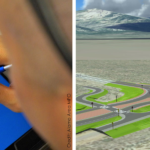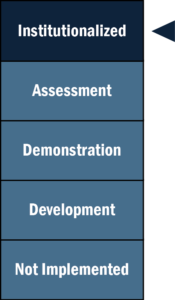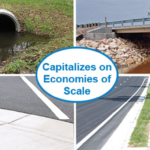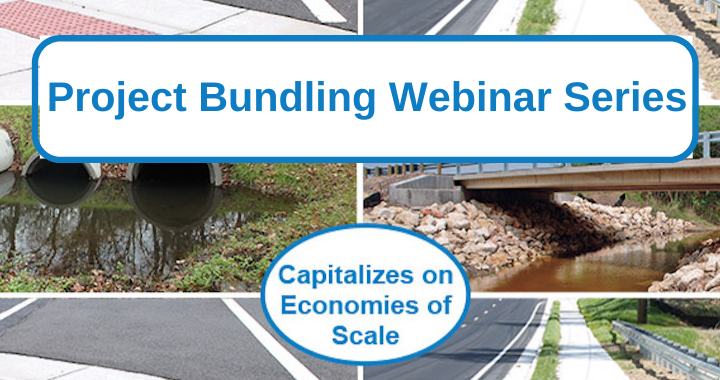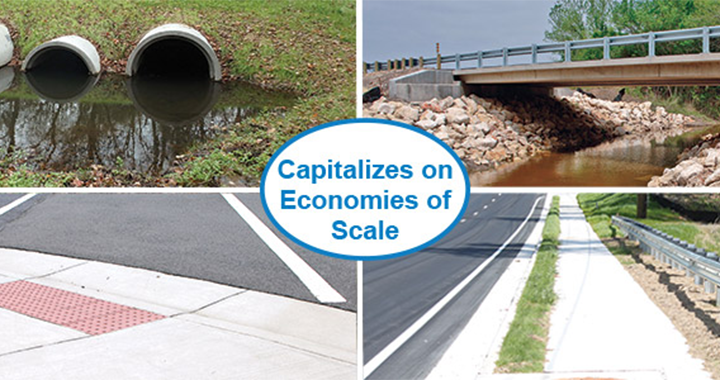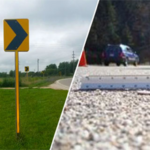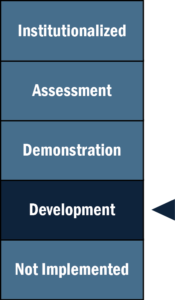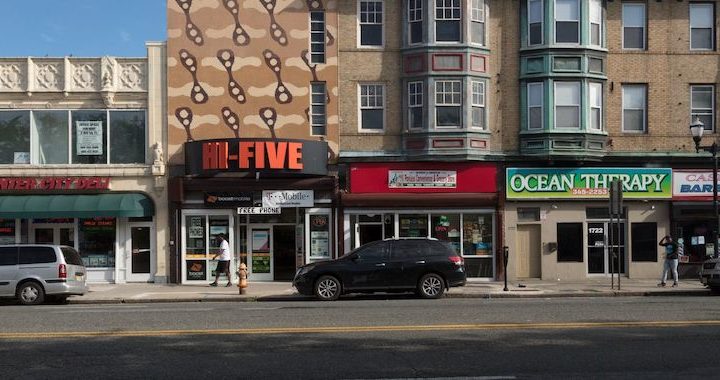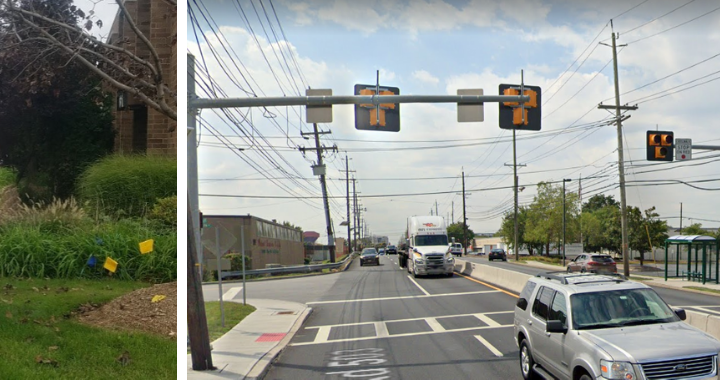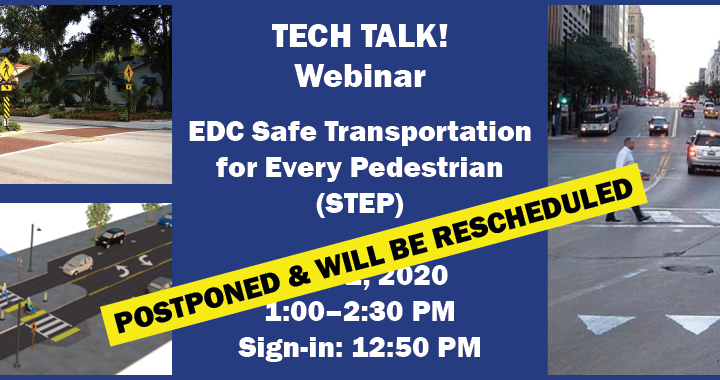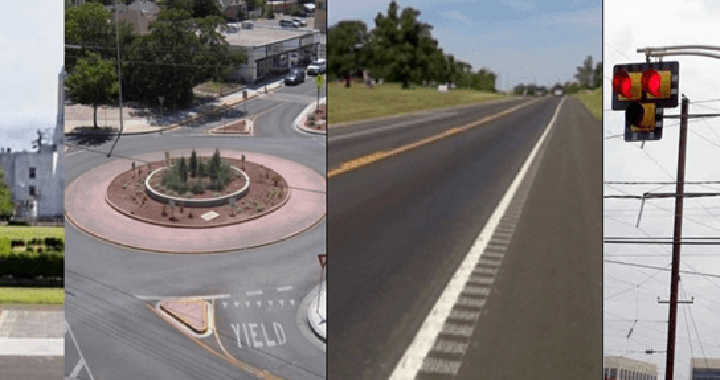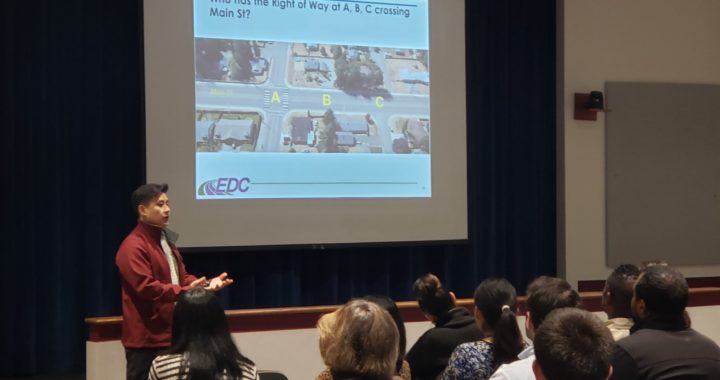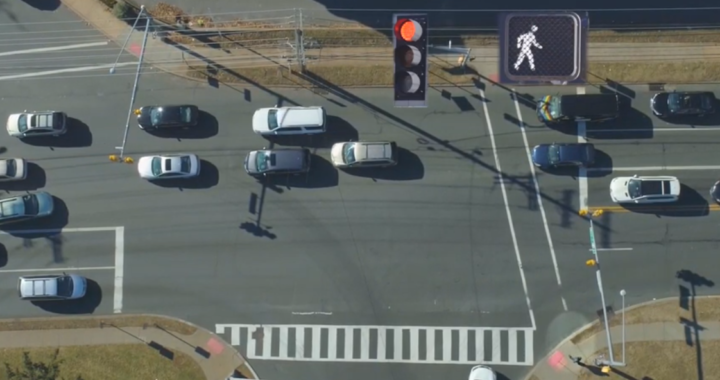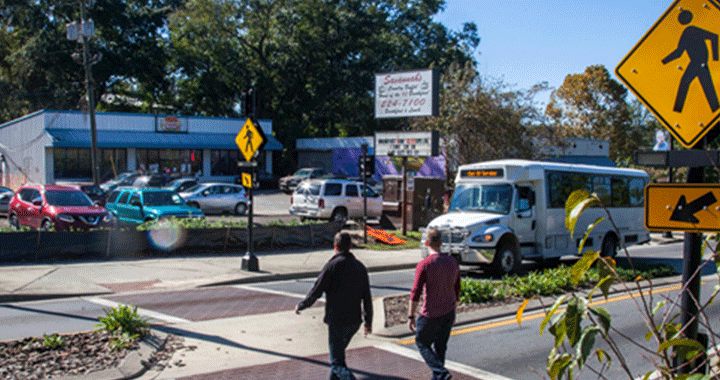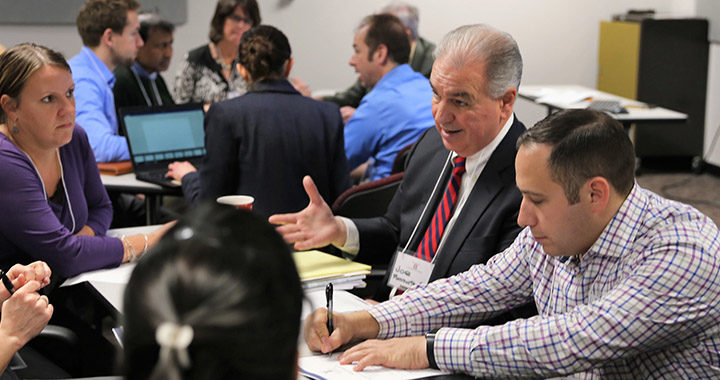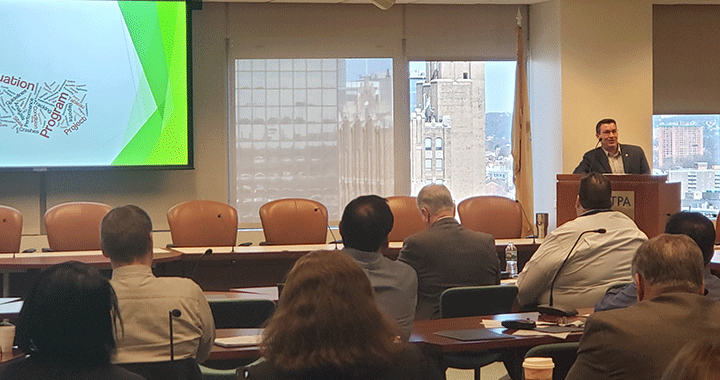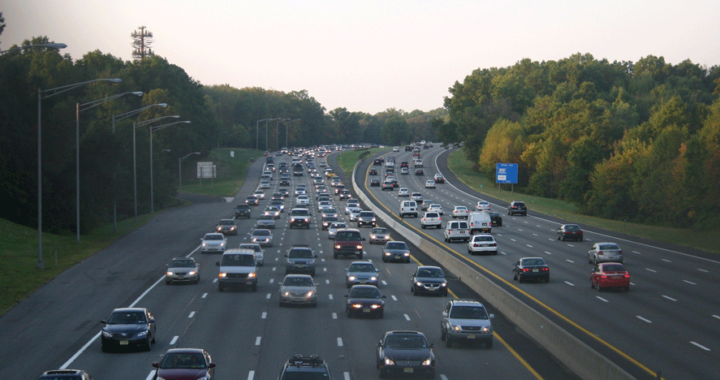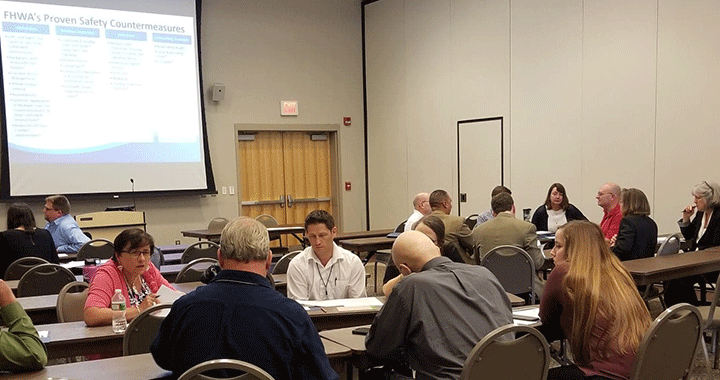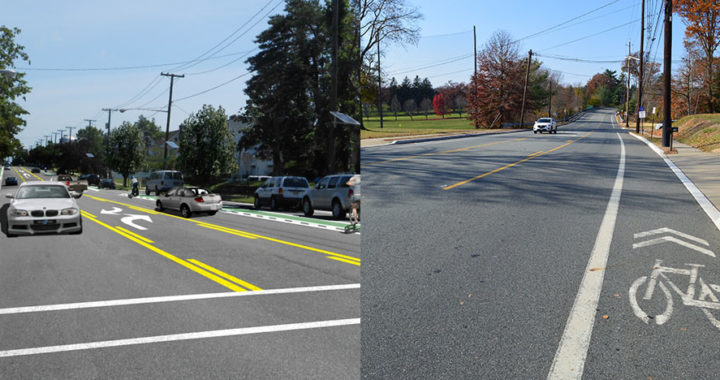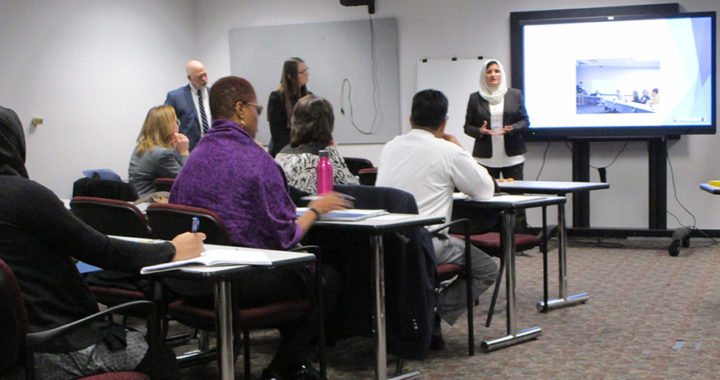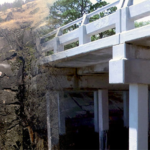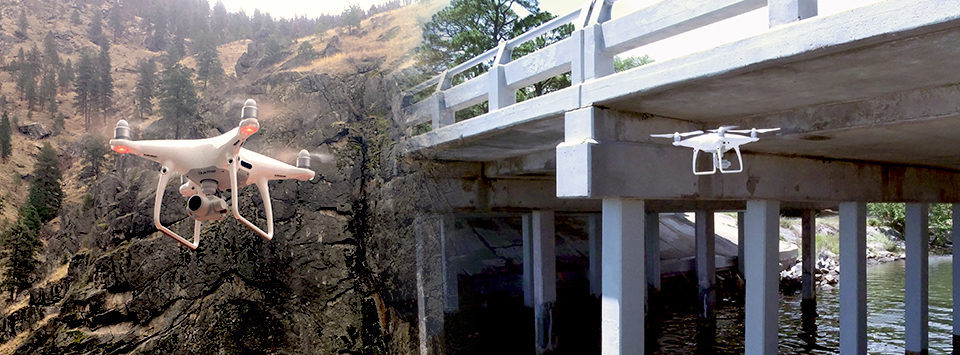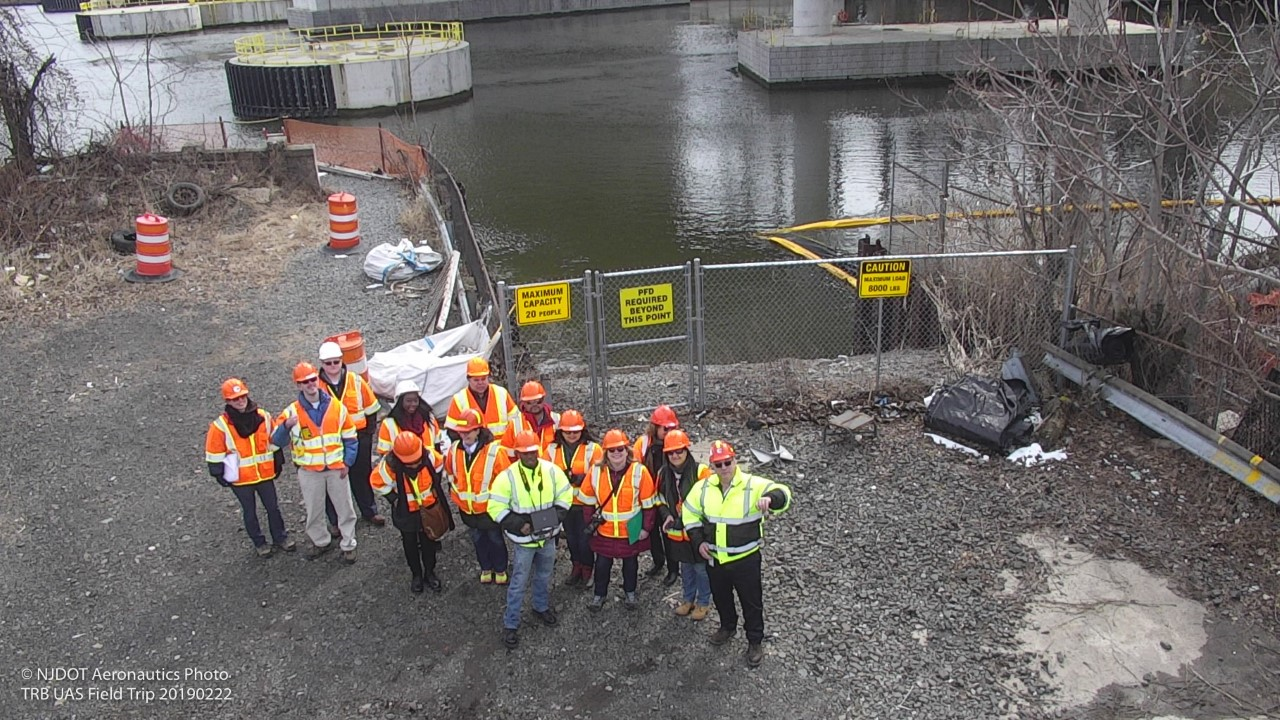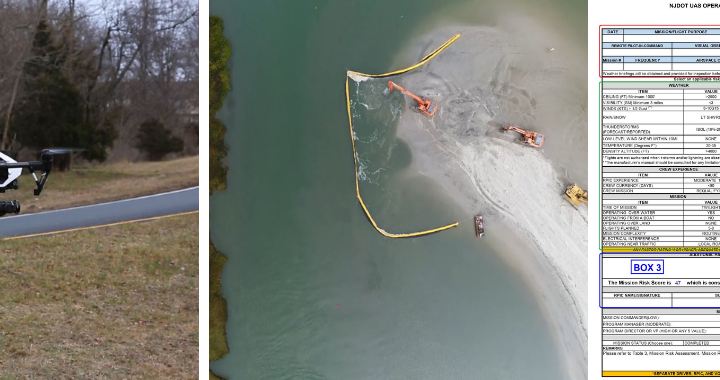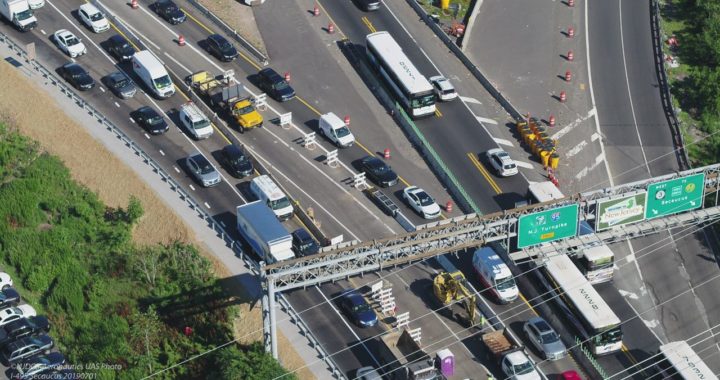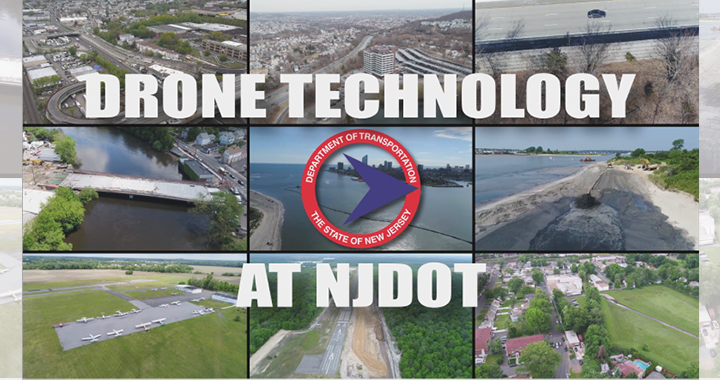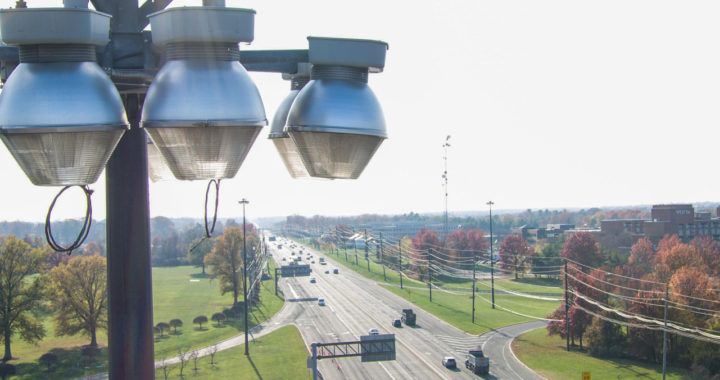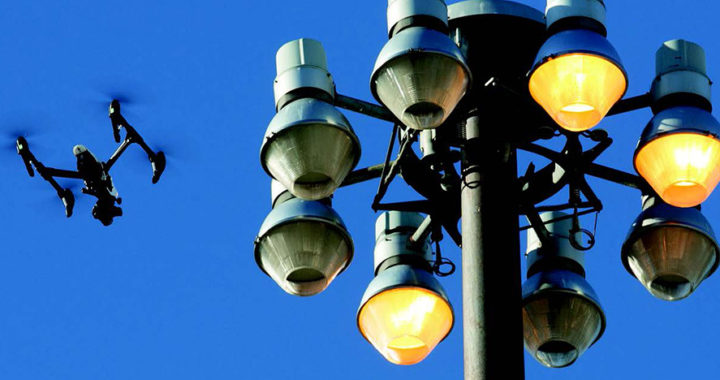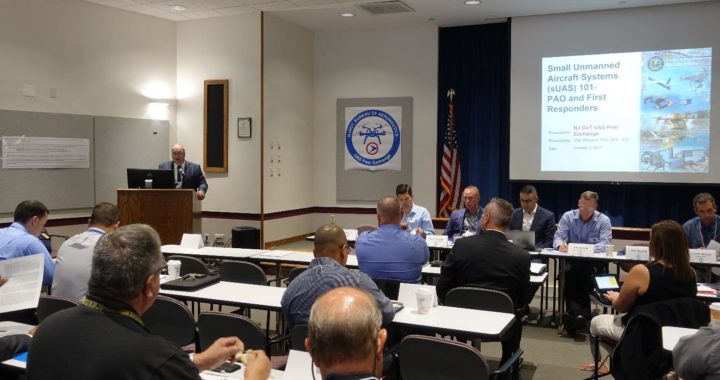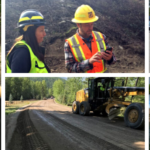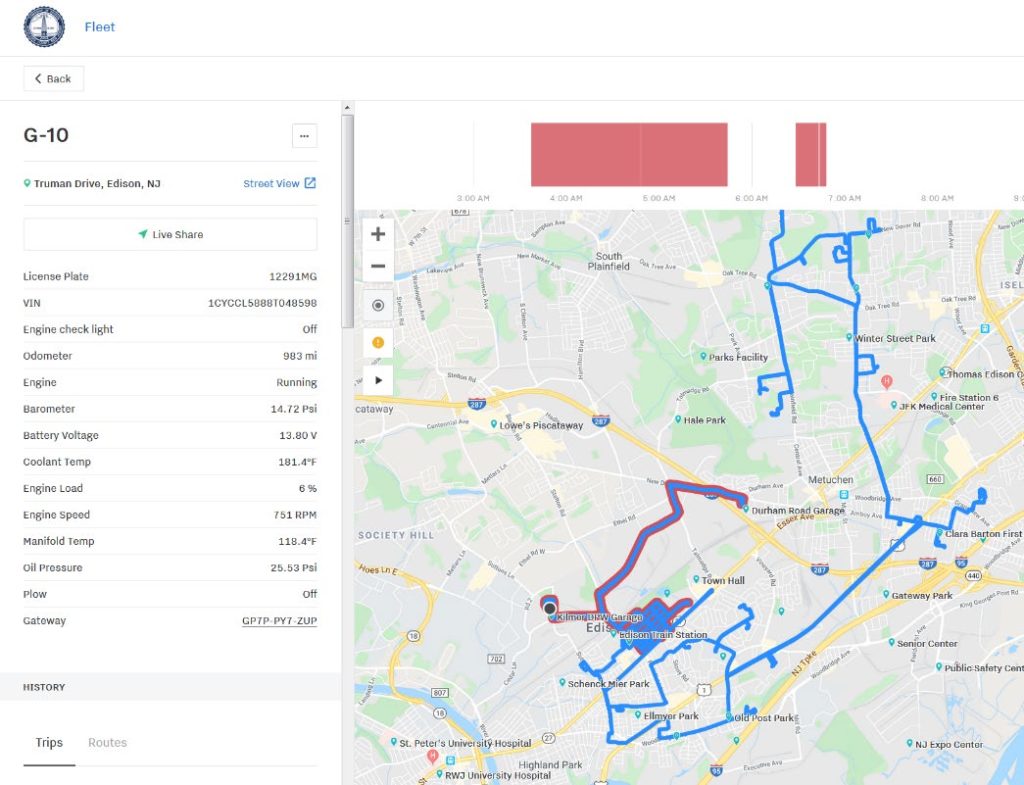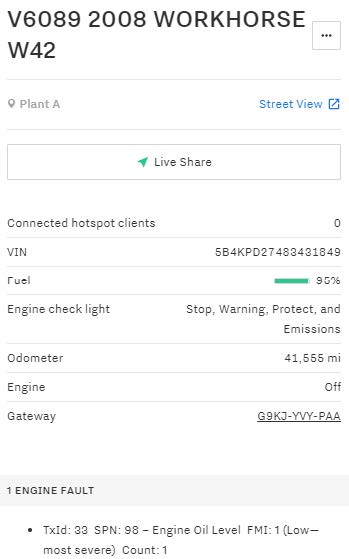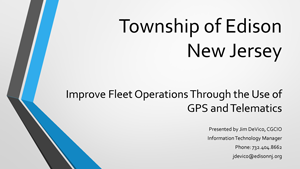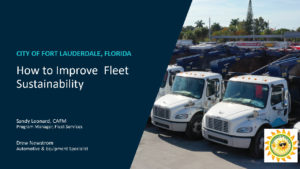What is Virtual Public Involvement (VPI)?
Innovative virtual public involvement techniques provide State departments of transportation (DOTs), transit agencies, metropolitan planning organizations (MPOs), and rural transportation planning organizations (RTPOs) with a platform to inform the public and receive feedback. These strategies increase the number and variety of channels available to agencies for remotely disseminating information to the public and create efficiencies in how input is collected and considered, which can potentially accelerate planning and project development processes.
Encouraging Public Engagement
Public involvement is a critical component in the transportation decision-making process, allowing for meaningful consideration and input from interested individuals. As daily users of the transportation system, the public has useful opinions, insights, and observations to share with their State DOT and local agencies on the performance and needs of the transportation system or on specific projects. Early and strong public engagement has the potential to accelerate project delivery by helping identify and address public concerns early in the planning process, thereby reducing delays from previously unknown interests late in the project delivery process.
Nearly all State DOTs and most local agencies use websites to post information about their activities. With the increased use of social media tools and mobile applications, the public can access user-friendly features such as online videos, podcasts, crowdsourced maps, and other interactive forums to receive information and provide input.
Benefits
Efficiency and Low Cost. Virtual tools and platforms can be made accessible to communities efficiently, many at a lower cost than traditional public engagement methods.
Accelerated Project Delivery. Robust public engagement helps identify issues early in the project planning process, which reduces the need to revisit decisions.
Communication and Collaboration. Virtual public involvement can aid in establishing a common vision for transportation and ensure the opinions and needs of the public are understood and considered during transportation planning and project development.
Expanded Engagement. Virtual tools can facilitate inclusion of stakeholders who do not participate in traditional approaches to public involvement. Greater and more diverse engagement can improve project quality.
Learn more about this EDC-6 Innovation.
Virtual Public Involvement in NJ
Stage of Innovation:
INSTITUTIONALIZED
(March 2023)
Collaboration. NJDOT has collaborated with the state's three MPOs to integrate VPI practices in all stages of capital project implementation, from concept development to construction.
Local Agency Advancement. New Jersey's counties and municipalities are using lessons learned from state efforts to increase their engagement with local stakeholders.
Expanding Reach. Transportation partners throughout the state have utilized VPI practices in a wide variety of projects, especially since the onset of the COVID-19 pandemic. This work has provided robust demonstration of expanded attendance to VPI online events. However, concerns still exist about documentation of virtual feedback versus that gained through in-person communications, as well as the issue of equity in reaching, and gaining insight, from a wide variety of participants including underserved and disadvantaged populations.
What's Next?
NJDOT and its partners are seeking to increase public engagement of various stakeholder groups. The Department plans to include VPI in its updated Public Involvement Action Plan. The agency understands that input through VPI is as important, and considered equal to, in-person input. VPI can enhance and increase access to many populations, particularly those who are underserved, but the need exists to strike a balance of in-person and virtual engagement.
Virtual Public Involvement (VPI): NEW & NOTEWORTHY
No post found

